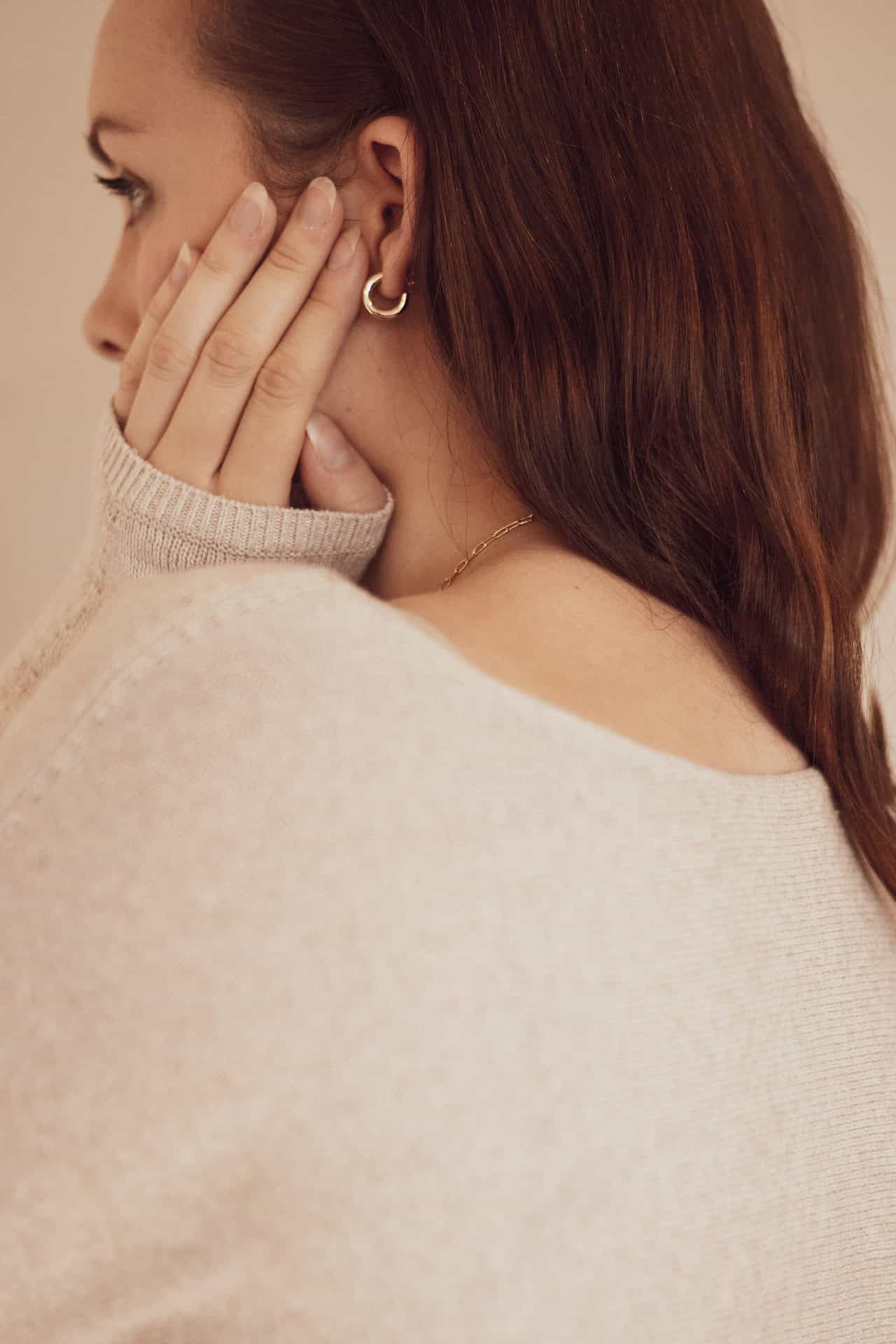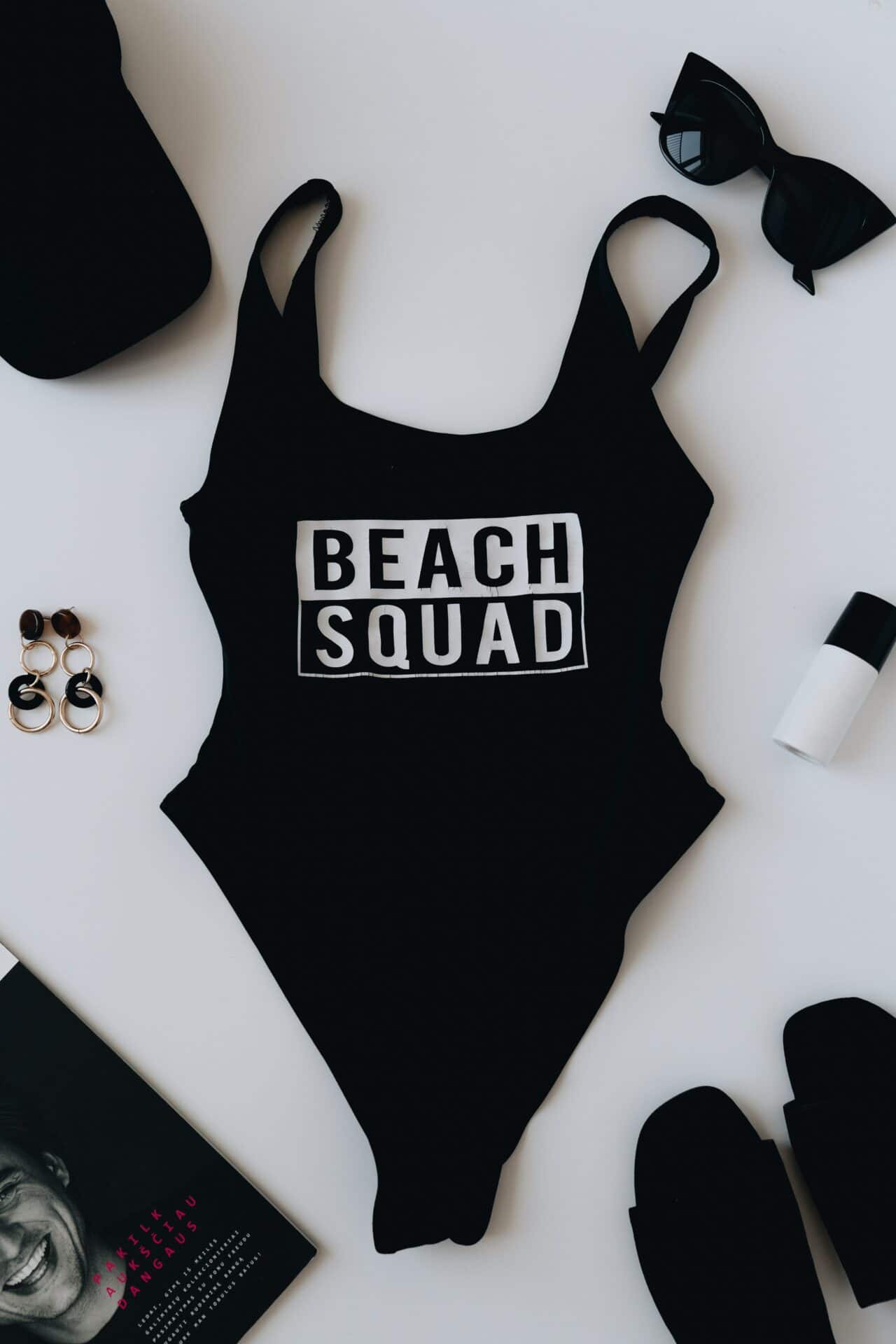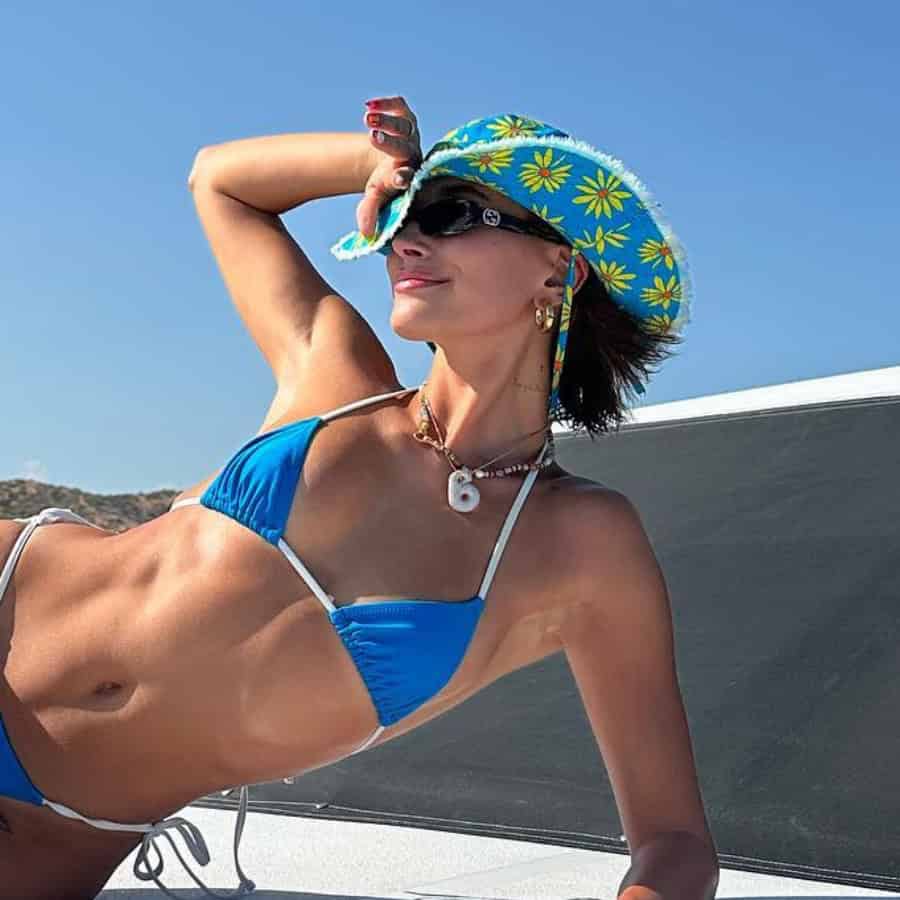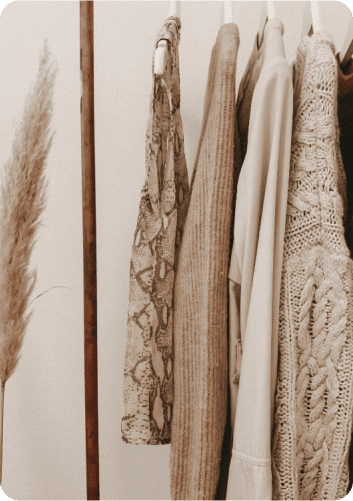An animal’s skin is a vital thick coating that serves many purposes, on and off their bodies. From the coat of fur to the hides, each layer has been used by humans since the prehistoric times. While most people are well aware of the commonly used full-grain leather that’s derived from their outer skin, there’s another kind of sheet that comes from the hides of their skin.
Suede leather, with its velvety texture and dynamic look, is made from the hides of leather, putting an animal’s skin around the round of usage.
Whether you’re a fashion enthusiast, a leather goods aficionado, or simply curious about this rather sustainable type of leather, this article is your definitive resource about Suede leather.
Let’s dive in.

A Brief History of Suede Leather
Suede leather, derived from the underside of animal skin, is prized for its soft, napped surface. The usage of suede dates back to ancient civilizations, where it was utilized for clothing, footwear, and accessories. The leather rose to prominence in Europe during the Renaissance, adaptability in crafting garments, accessories, and furnishings for the noble classes.

Advancements in leather processing, like chrome tanning in the 19th and 20th centuries, further refined suede’s quality, cementing its place in fashion and industry.
Despite the rising demand of “real leather” and its attachment to nobility, suede has continued to rise in consumption, particularly due to its softness, durability, and unique appearance.
Attributes of Suede Leather
Suede leather is different from commonly-used leather due to its soft and gliding structure, distinctive texture, stand out colors and appearance.
Here are the common attributes of suede leather that differentiates it from other forms of leathers:
- Texture and Appearance: Suede leather has a rather luxurious, velvety feel, achieved through a meticulous brushing process that brings its fine fibers to the surface.
- Durability: Despite its softness, suede leather is durable and can be used for decades. The hard exterior is well known for resisting abrasions and maintaining its color and texture over time. This is why you can find it being used with rugged boots, corsets, etc.
- Breathability: Suede leather’s porous nature allows for excellent breathability, keeping the wearer cool and comfortable even during prolonged wear. This is a distinctive feature from other forms of leather, that are often suffocating and comfortable on the skin.
How is Suede Leather Made?
For centuries, Suede has been made by skilled artisans who spent days separating and treating animal hides to arrive at the soft, luxurious fabric. In the 21st century, however, Suede leather is made through a unique process that transforms the underside of animal hides into a soft, velvety material.
Here’s a simplified overview of the production process:

Step 1: Raw Material Selection: The process starts with high-quality animal hides that are derived mostly from cows, goats, pigs, and other domestic animals.
Step 2: Hide Splitting: The Hides are split into two layers. The top layer is used to derive the full-grain leather, and the bottom layer is treated to make suede leather.
Step 3: Tanning: Suede leather is then put through an industrialized process called tanning. This process stabilizes collagen fibers and prevents decay.
Step 4: Softening: Post-tanning, the material undergoes softening processes like buffing or sanding to build up its top layer and uniform the surface.
Step 5: Finishing touches: The final steps include dyeing for color, embossing for texture, or applying protective coatings to enhance appearance and durability.
Step 6: Final Inspection: Suede undergoes a final quality control before it’s sent out to be used in shoes, jackets, furniture, etc.
Most Common Uses of Suede Leather

Suede leather is one of the most versatile kinds of leather. You’ve probably seen it in high fashion items like corsets and shoes. Here are some of its most common uses:
- Fashion and Apparel: Suede leather has been a staple in fashion for centuries. From jackets to skirts and dresses, the luxurious texture and vibrant colors make it a desirable form of fabric in the clothing line. The leather is used in both casual and formal attire, and can also be seen in accessories like handbags, belts, hats, and gloves.
- Footwear: Highly valued for durability, comfort and versatility, suede leather is a popular choice for footwear, including boots, loafers, moccasins, sandals, and sneakers. The leather has a soft texture and plush appearance, which makes it a luxurious alternative to traditional leather.
- Upholstery: Suede furniture is incredibly common. The leather is used in home items like chairs, sofas, and ottomans. It’s also used for decorative pillows, throws, and curtains.
- Automotive Interiors: Apart from clothes and furniture, the one place where you’ll find suede most commonly is car seats. The leather can be seen in luxury cars, upholster seats, door panels, and steering wheel covers.
- Gloves and Lining: Suede leather offers insulation and protection against sharp objects, which makes it a commonly used alternative to leather in gloves, gardening gear, horseback riding uniforms, etc.
- Crafts and DIY Projects: Suede leather is used by crafters for home projects and handmade items like jewelry, pouches, keychains, and book covers.

Source: Eiken Shop
Care and Maintenance Tips for Suede Leather
Suede leather is durable, and treating it with proper care and maintenance prolongs its life. Here are the best tips on how to manage it:
How to Clean Suede Leather
1. Use a soft-bristled brush to gently remove surface dirt and debris.
2. For stubborn stains, use a suede eraser or gum to lightly rub the affected area. Avoid using excessive force, as this can damage the suede.
3. For oil-based stains, sprinkle cornstarch or talcum powder onto the stain and let it sit overnight. Brush off the powder the next day, and repeat if necessary.

How to Protect Suede Leather from Stains and Water Damage
- Apply a suitable waterproofing spray or suede protector to your suede leather items to help repel water, dirt, and stains.
- Allow the protector to dry completely before using the item, and reapply periodically, especially before exposure to moisture or heavy use.
How To Store Suede Leather
- Store suede leather items in a cool, dry place away from direct sunlight, which can cause fading and discoloration.
- Avoid overcrowding suede items in storage, as this can cause creases and deformation over time.
- Use a breathable storage bag or cloth cover to protect suede leather items from dust and moisture.
How is Suede Leather Different From Real Leather?

When we say “real leather,” we generally mean any leather that comes from the hide of an animal, typically cows. Suede is made from the underside of the animal skin like cow, lamb, goat, or calf.
Here are the major differences between suede leather and full grain leather:
| Features | Suede Leather | Full Grain Leather |
| Texture | Soft, napped surface | Smooth or textured surface, depending on type |
| Source | Underside of animal skin (lamb, goat, calf) | From various parts of animal hide (typically cow) |
| Manufacturing | Buffing or sanding the inner surface | Processing may vary: full-grain, top-grain, Split |
| Appearance | Luxurious, plush texture | Natural grain patterns or processed finish |
| Common Uses | Requires special care to avoid staining | Generally durable and easier to maintain |
| Price | Can be expensive, depending on quality | Price varies depending on type and quality |
Is Suede Leather a Sustainable Alternative to Commonly-Available Leather?

Suede leather is considerably more sustainable than so-called “real leather,” as the raw material sourcing does not come at the cost of a fresh slaughter. However, several factors impact the sustainability of this material.
From procurement to processing, here are some points to remember regarding the sustainability of suede leather:
- Material Sourcing: Suede leather, sourced from animals like cow, lamb, goat, or calf, hinges its sustainability on factors like animal husbandry practices, environmental impact, and whether hides are a byproduct of the meat industry. Ethical sourcing and responsible animal husbandry are vital for sustainability.
- Tanning Process: Leather’s tanning process carries notable environmental consequences. Traditional methods, like chromium tanning, come with potential harm to both workers and the environment. However, vegetable tanning uses plant-based tannins, and serves an eco-friendly option for conscious buyers.
- Durability and Longevity: With proper maintenance and care, suede products can endure, which lessens the necessity for frequent replacements.
- End-of-Life Considerations: Suede leather items, like all leather products, are biodegradable, which bolsters its sustainability factor and makes it a better option for consumption than every other kind of leather.
Also read: 7 New Eco-Friendly Leather Alternatives + Top 5 Brands!
Go Suede Today!
Suede leather’s velvety texture, versatile usage, and enduring appeal make it a timeless choice in the fashion industry. Once you have a clear understanding of its attributes, production process, uses, and care routine, you can make an informed decision to buy this fabric.
Explore Sustainable Alternatives with Ecowiser
Are you seeking eco-friendly alternatives to traditional leather? Ecowiser offers a curated selection of faux suede and vegan leather products that combine style with sustainability. Visit Ecowiser today to discover a world of conscious fashion choices and embrace a greener future.
Frequently Asked Questions (FAQs)
1. Is suede leather real leather?
Yes, suede leather is real leather, as it is made from the hide of animals like cows, goats, lambs, etc.
2. Is suede leather of good quality?
Suede leather is known for its velvety texture and luxurious feel, which makes it a desirable material for various goods. The quality of the leather, however, varies from supplier to supplier.
3. Is suede cheap leather?
No. Suede leather isn’t generally cheap. However, the prices can vary from affordable to expensive depending on factors such as the type of animal hide used, tanning processes, etc.
4. Is suede leather waterproof?
Unlike the other leathers, suede leather is not waterproof. Its soft, napped surface can absorb water and can get easily damaged with prolonged exposure to moisture. However, the suede leather can turn waterproof once a specific treatment is applied to it.















